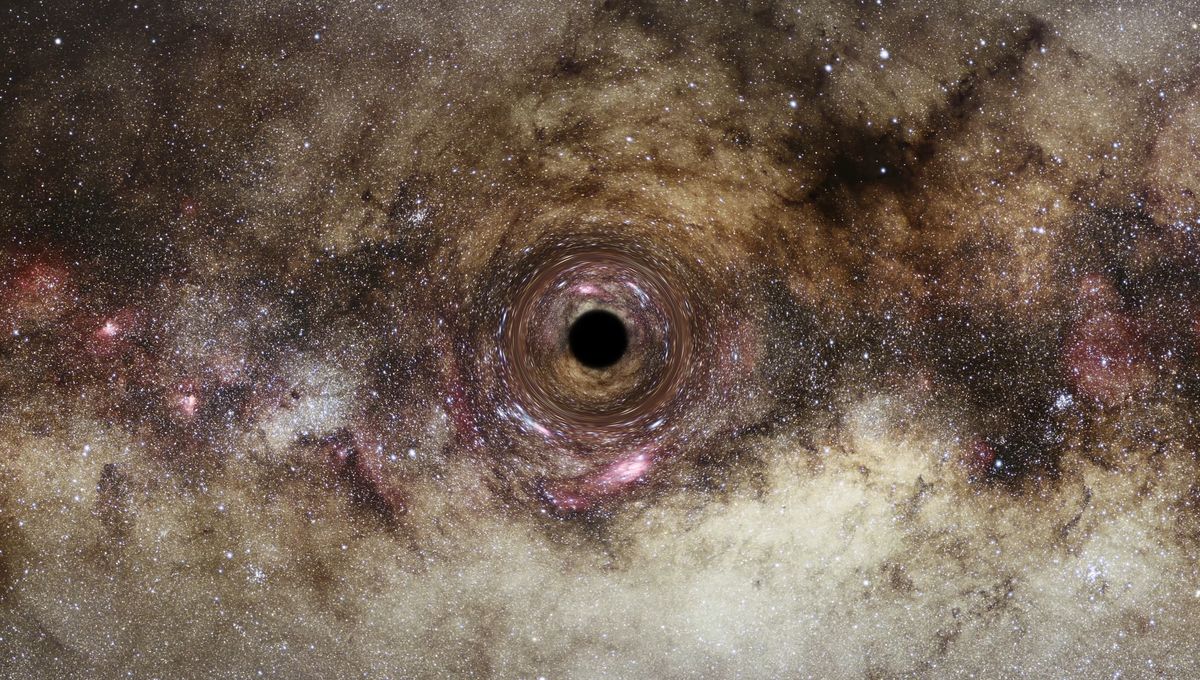
At the center of the Abell 1201 cluster resides a huge elliptical galaxy, and at its center sits a supermassive black hole. Previous analysis suggested that the object was big – bigger than most known black holes. The latest one places among the biggest objects in the universe, bigger than certain galaxies. It has an estimated mass of 32 billion (plus or minus two) times that of the Sun.
It is difficult to put that into context. One of the biggest satellite galaxies of the Milky Way, the Small Magellanic Cloud has a mass of 6.5 billion solar masses. That singular black hole is five times as heavy.
“This particular black hole, which is roughly 30 billion times the mass of our Sun, is one of the biggest ever detected and on the upper limit of how large we believe black holes can theoretically become, so it is an extremely exciting discovery,” lead author Dr James Nightingale, Department of Physics, Durham University, said in a statement.
Observing black holes is not easy. It’s not a misnomer that they are called “black” – nothing escapes them, not even light, so researchers have to observe what goes on around them. It is possible to see gravitational waves from small ones merging, or radio waves from the closest region around them, as was the case for the one in the Milky Way. They can be spotted if they are actively feeding, as their incredible gravitational pull can heat up material so much it shines in x-rays.
The method used here is different. Researchers were simulating the effect produced by gravitational lenses, how a massive object such as a galaxy or a cluster of galaxies can warp space-time. This warp can magnify background objects and it is very useful for studying things that are very far away, such as the most distant single-star system.
Black holes are also pretty good gravitational lenses, and this work simulated supermassive black holes of different sizes within massive galaxies. The team extracted how they would bend light, and they discovered that their model with a huge supermassive black hole matched Hubble Space Telescope observation of Abell 1201, which is located 2.7 billion light-years from Earth.
“Most of the biggest black holes that we know about are in an active state, where matter pulled in close to the black hole heats up and releases energy in the form of light, X-rays, and other radiation,” Dr Nightingale added. “However, gravitational lensing makes it possible to study inactive black holes, something not currently possible in distant galaxies. This approach could let us detect many more black holes beyond our local universe and reveal how these exotic objects evolved further back in cosmic time.”
The research was published in the Monthly Notices of the Royal Astronomical Society.
Source Link: New Supermassive Black Hole Weighs 30 Billion Times Our Sun